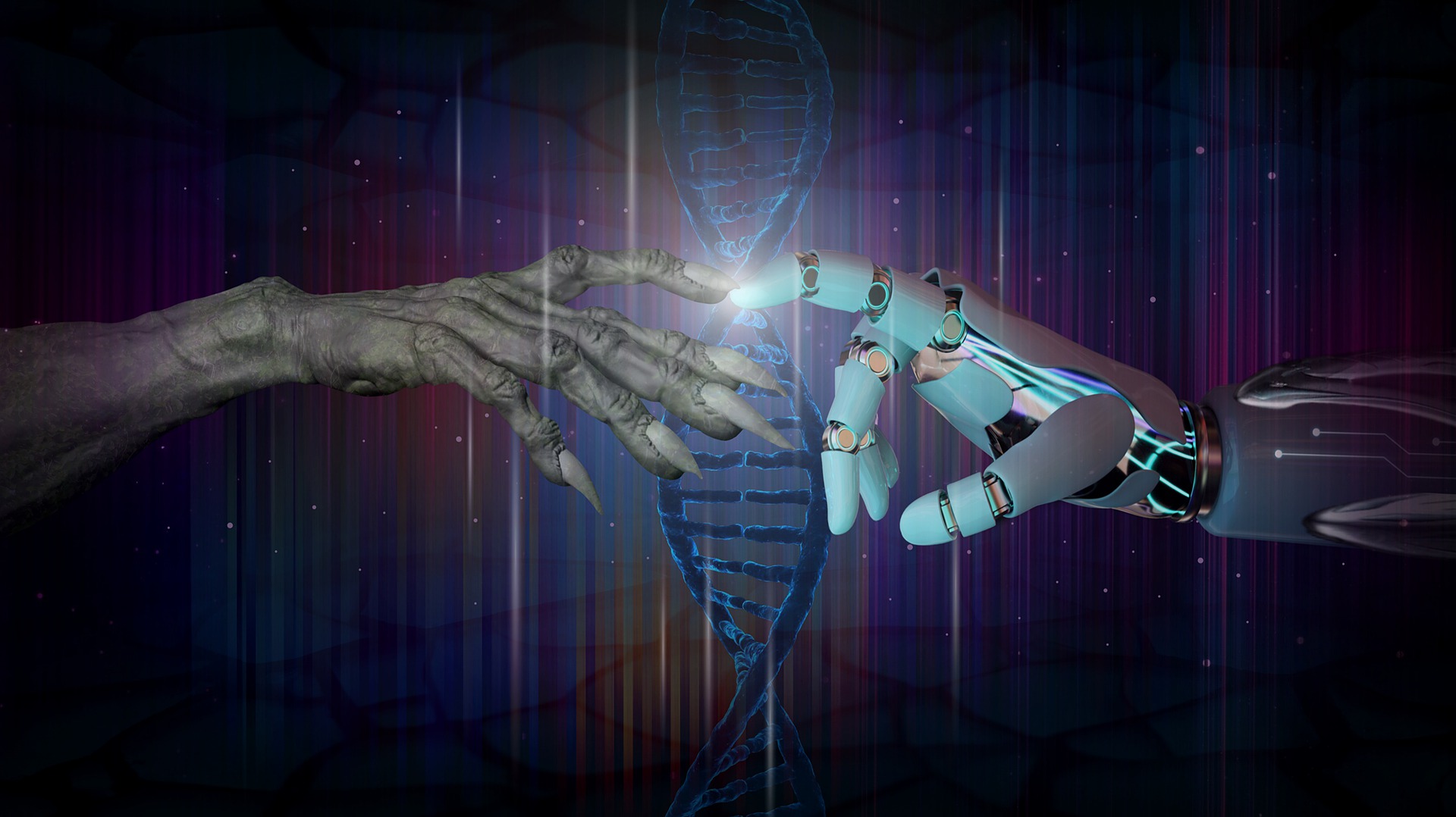Motivation
The Emotional and Social factors strongly influence Hunger
Published
3 years agoon
One of the important psychological motives is hunger. The body needs an adequate supply of the essential nutrients in order to function efficiently. Depletion of these nutrients activates homeostatic mechanisms to release food stored in the body. When the body stores are diminished to a certain point, the automatic homeostatic, mechanism are no longer adequate and the entire organism becomes mobilized to seek food. The feelings most people described as hunger, an empty or aching sensation in the region of the stomach accompanied by feeling of weakness.
The stimuli outside the organism can also influence hunger and eating behavior. For example, seeing a cake. Here the order and sight of food arouse hunger even when there is no psychological need. Habits and social customs are other things which influence eating behavior. For example, habit of eating, at a time when that time comes feeling of hungry arises. Likewise, more in the company of other who eat more.
The various control systems that regulate feeding are integrated in a region of the brain called the hypothalamus which is a small collection of cells nuclei located at the base of the brain which has numerous connections with other brain parts and with the pituitary gland. It has also greater density of blood vessels than any other area of the brain and thus can be readily influenced by the chemical state of the blood.
Due to development in research, we now know that two areas regulate food intake. The lateral hypothalamus (LH) initiates eating it is a start or feeding center, the ventromedial hypothalamus (VMH) inhibits eating- it is a stop or Satiate, center. Therefore, the VMH area and LH area act in opposite ways to regulate food intake. In addition, there are two other control systems short-term control and long-term control.
Short term control of food intake. The variables that come under this category are
- Blood sugar level
- Stomach fullness and
- Body temperature.
Studies indicate that hypothalamus contains glucose receptor cells sensitive to the rate at which glucose passes through them. The sales of VHM and LH respond differently to the glucose level of the blood. Digestion is the slow process and we stop eating long before the foot we have consumed can be transformed into enough blood sugar to make up a deficit in the bloodstream. A more immediate signal is needed to let the brain know that the food is on its way. One such signal is provided by a full stomach. The third short-term control mechanism is temperature. In a warm environment most animals and humans eat less in a chilled environment LH response to decreased brain temperature and VHM response to increased bring temperature.
Long term control of food intake. The emotional studies on ruts hypothalamus, it was found that some regulatory system is followed to maintain a constant weight. The area in hypothalamus is not located clearly but studies show lesions in VMH lead to obesity and maintain new obese weight and vice versa in the case of lesions in LH. The autopsies show that the surplus weight composed entirely of foat. This indicates that the likely candidate is the amount of free fatty acids in the bloodstream.
Other variables influencing food intake.
Taste and smell plan and important role in our eating pleasures and food preferences. Specific hungers are the strong preferences for certain foods. Most of our food preferences can be traced to ethnic or cultural differences. We like what we are accustomed to and may find a strange diet not only unpalatable indigestible, learning that intake of certain food lead to disease, make the person to avoid such food. There are external cues which determine eating. They are
- Passage to time
- Foods taste, smell and appearance.
Hi, I’m Aarti, My Psychoanalytical approach towards my clients is to empower them to better their lives through improving their relationship with themselves. I believe shame and guilt is a common barrier to change. I aim to guide my clients through re authoring their narratives where shame, guilt, and other problems have less power and take up less space.



